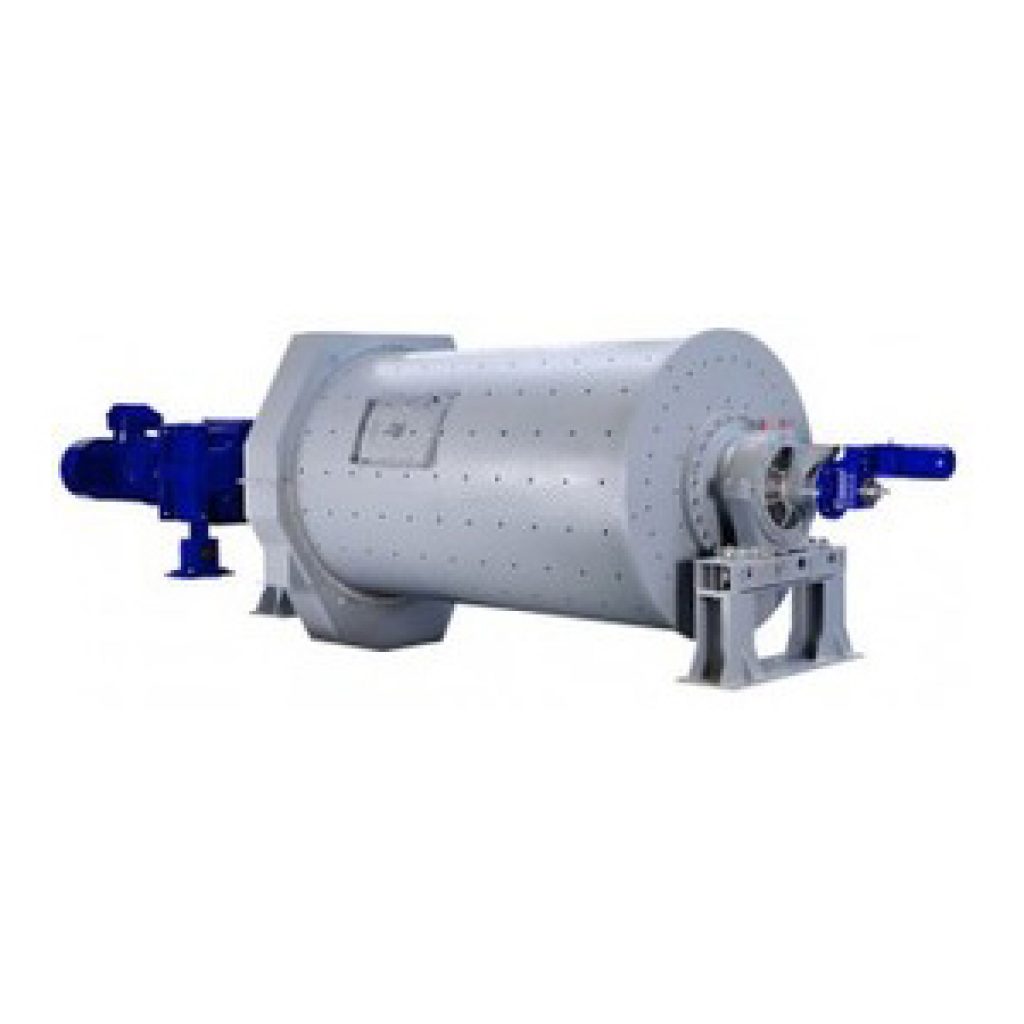Quartz
At a share of approx. 12%, quartz ranks second behind feldspar as the most common mineral of the lithosphere, either in the form of solid rock or eroded sand. The system schematic shows an ALPINE quartz powder system with which three different end-products for the installation of two ultrafine classifiers from the Turboplex and Stratoplex product lines, the following end-products are generated simultaneously.
99.8% < 90 µm with 50% = 15-18 µm for ceramic base compounds, 99.9% < 20 µm with 50% = 3-4 µm for glazes.
As an option, the coarse material from the Stratoplex classifier ASP can be taken out of the process for use as the starting material for sodium silicate. The ball mill is lined with high-grade aluminium oxide ceramic to ensure non-ferrous production. Aluminium oxide balls or cylpebs of optimised grading to correspond to the desired end-product fineness are used as the grinding media. Product-contact components in the classifiers, filter bins, etc. are coated or lined with aluminium oxide or PU. The entire system is controlled from a central control cabinet.
Super Orion Ball Mill S.O.

Alpine Super Orion Ball Mill S.O. are classics when it comes to the fine and ultrafine grinding of ceramic raw materials. Reference values for the specific grinding energy:
| Fineness d97 | 20 µm | 40 µm | 63 µm | 90 µm |
| Feldspar kWh/t | 60 | 42 | 30 | 23 |
| Pegmatite kWh/t | – | 45 | 30 | 25 |
| Quartz kWh/t | 85 | 55 | 40 | 32 |
| Nepheline kWh//t | 54 | 38 | 28 |
